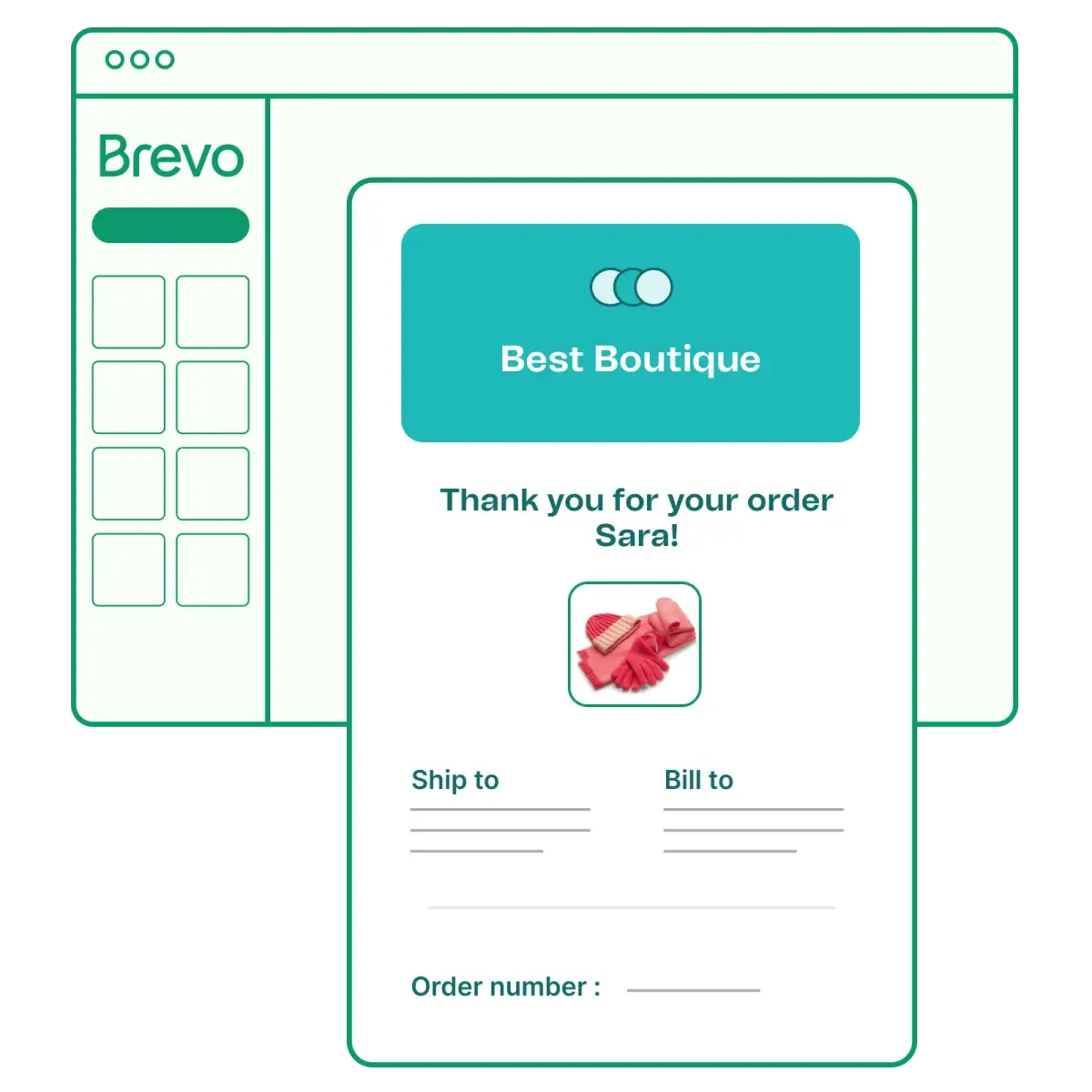Manda 120.000 emails por minuto
Brevo gestiona tus campañas de marketing y notificaciones instantáneas.
Manda correos directos a la bandeja de entrada
Evita acabar en la carpeta de spam. Nuestra API de correo electrónico ultrafiable tiene una tasa de entrega del 99%.
Configura esta sencilla integración en segundos
Creada para desarrolladores, la API REST de Brevo tiene integraciones para los lenguajes de programación más comunes.
¿Todo listo para empezar?
Prueba la API de Brevo para desarrolladores y paga sólo por lo que necesites. Regístrate y recibe 300 emails al día gratis.Explora nuestros productos
Marketing Platform
Funcionalidades principales:
- Email marketing
- Automatización de marketing
- Campañas de SMS y WhatsApp
Sales Platform
Funcionalidades principales:
- Gestión de pipeline de ventas
- Seguimiento automatizado de oportunidades
- Reuniones y grabación de llamadas
Conversations Platform
Funcionalidades principales:
- Chat
- Phone
- Inbox universal
